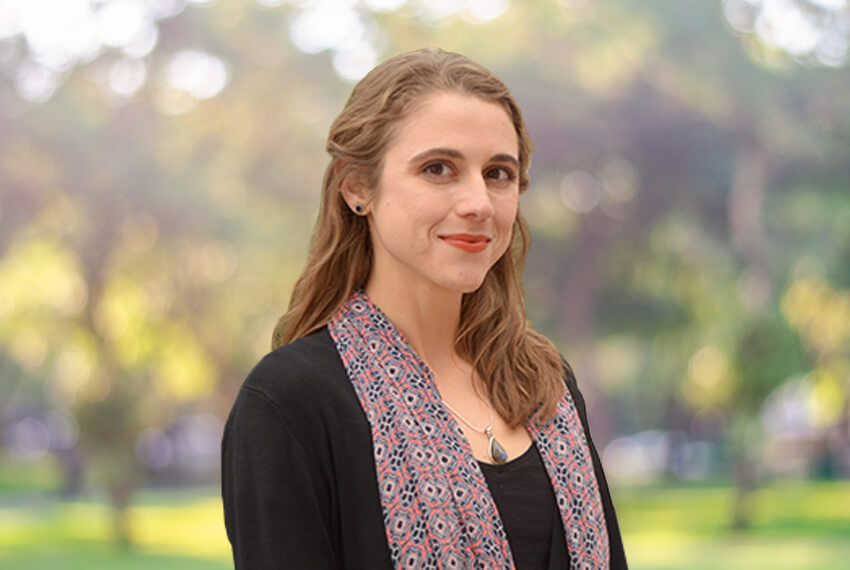As a library services assistant for the UTSA Institute of Texan Cultures, Kirstin Cutts has been hard at work making museum resources available to users worldwide through various digital channels.
Additionally, serving as an education and resource specialist, Cutts has worked on building bridges with UTSA faculty, exploring the potential for various disciplines to partner with the museum to produce student-led exhibits and special programs.
Her outreach methods led to ITC’s partnership with Honors College lecturer Alegra Lozano on last fall’s Día de los Muertos digital exhibit. While the 2019 class had a physical museum space for installing and exhibiting an ofrenda on the annual Day of the Dead observance, the 2020 class had to take their altar and display it through a digital domain.
“The process was part of the lesson,” Cutts said. “We saw this as a pilot project, so we had a lot of space to maneuver. We just had to accept that digital was new territory and this was as much an opportunity for the faculty and staff to grow, as it was for the students.”
As Cutts and other institute personnel began gaining traction in the digital space, the U.S. Institute of Museum and Library Services and the Texas State Library and Archives Commission awarded a grant to ITC. It facilitated a digitization process for one of the museum’s popular exhibits—the sharecropper cabin displayed in the African American Texans exhibit area.
“Every exhibit, going forward, needs online components to enhance learning opportunities and to add depth to the stories told.”
Kirstin Cutts, Library Services Assistant IV
“We started looking at the sharecropper house and all the content inside, trying to fit puzzle pieces together when we didn’t even know what the picture looked like,” she explained.
Many aspects of the sharecropper house sent Cutts on research expeditions into the museum’s files. She found the original proposal and justification for the exhibit’s creation and the pedagogy for teaching its significance.
“We found explanations for the several demonstration artifacts used to populate the house,” she said. “We also found the rationale for adding each item to the immersive environment which again sparked further research into the object’s use in everyday life. It brings us closer to the lives of the people who used them.”
During the museum’s temporary closure as a result of the pandemic, many behind-the scenes projects were underway. Cutts said it was difficult not to get involved in many of them, including the massive cleanup effort. After seeing decades of research and notes uncovered around the museum, she was flooded with ideas for future exhibits.
“We have such great opportunities as the museum evolves,” Cutts said. “We can be creative with information and how we present it. Every exhibit, going forward, needs online components to enhance learning opportunities and to add depth to the stories told. Accessibility is the keyword, and that includes putting more material online to support students and visitors.”
